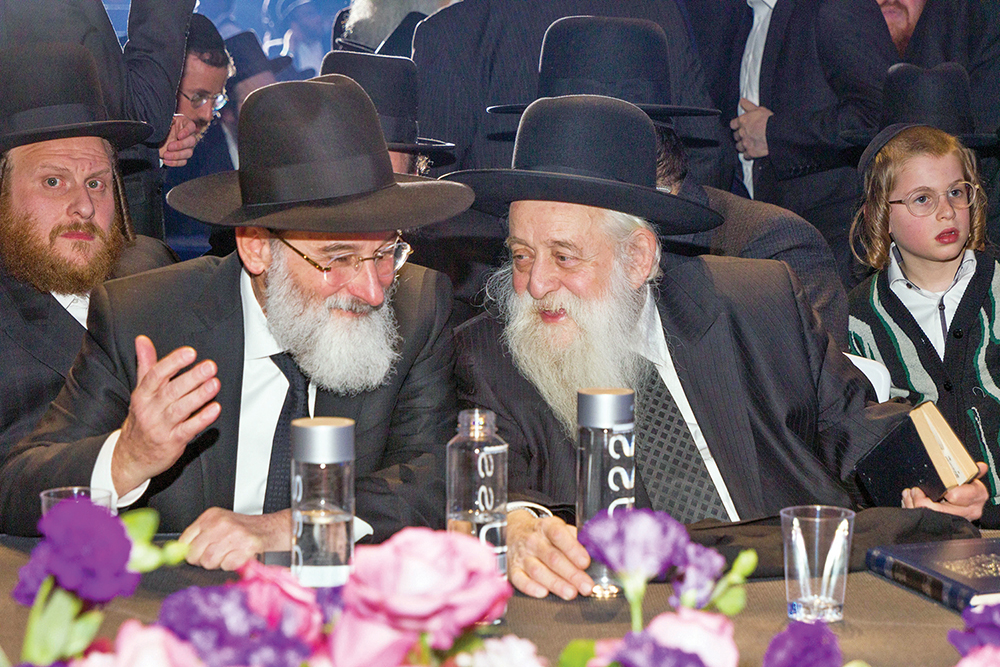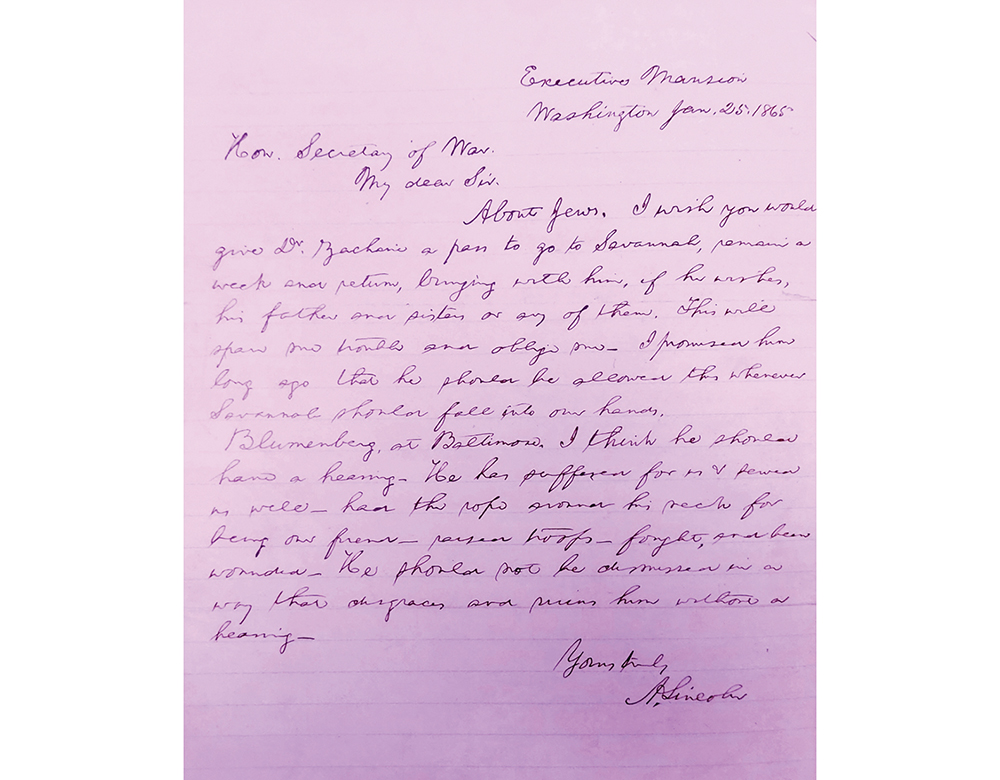
Archaeological evidence appears to be relevant in interpreting the Gemara’s statement (Menachot 33a) that mezuzot may not be placed “in the manner of carpenters.” Rashi (ad. loc. s.v. Avida) explains that this forbids placing mezuzot horizontally, while Rabbeinu Tam (cited in Tosafot ad. loc. s.v. Ha) believes that it forbids placing them vertically. Whereas the Sephardic tradition employs Rashi’s vertical orientation (Shulchan Aruch Yoreh Deah 289:6 and Yalkut Yosef, Kitzur Shulchan Aruch Y.D. 285:5), Ashkenazic Jews, following the recommendation of the Tur (Y.D. 289) customarily attempt to compromise between the two opinions, placing their mezuzot on a slant (see Rama ad. loc.). An archaeological perspective on this issue comes from the notches that our ancestors used to etch in their doorways into which they would insert their mezuzot. All the notches that have been found have been vertical or slanted, apparently supporting Rashi’s opinion. None has yet been found with horizontal notches, which would accord with Rabbeinu Tam’s view.
This evidence should not move Ashkenazic Jews to change their tradition. Firstly, the archaeological data might be inadequate. It is possible that homes where the mezuzot were affixed in accordance with Rabbeinu Tam will be found, just as tefillin have been found that match each of Rashi and Rabbeinu Tam’s opinions about the order of the parshiyot (see the Encyclopedia Judaica (15:904); See also Piskei Tosafot (Menachot 92), which records that “In Nehardea and Jerusalem, two pairs [of Tefillin] were found, one in accordance with Rashi and the other in accordance with Rabbeinu Tam).”
A second reason for Ashkenazic Jews to maintain their custom is that one should not abandon his tradition even in light of archaeological evidence. One may argue that archaeology possibly can play a role when there is no mesorah, but it cannot uproot one.
A final reason is that perhaps the debate between Rashi and Rabbeinu Tam already raged in ancient times, and the Jews who kept their mezuzot on a slant did so as a compromise between the two views, much as Ashkenazic Jews do today. Thus, the fact that some mezuzot were slanted does not indicate that the position of Rabbeinu Tam is unfounded.
Conclusion
It seems that there is archaeological evidence to both the Sephardic and Ashkenazic traditions regarding how to position the mezuzah, similar to the archaeological evidence to both Rashi and Rabbeinu Tam’s respective manners of inserting the parshiot into the tefillin boxes. What an interesting illumination of Chazal’s teaching that eilu v’eilu divrei Elokim, both these and these constitute the word of the Living God!
Postscript
The discovery that the Rashi-Rabbeinu Tam debate already raged in earlier generations should not surprise us. The Gemara frequently records disputes between the Amoraim about issues that the Tannaim had debated in earlier generations. I encountered this phenomenon in the late 1980s, when I became involved in eruv design and construction. I learned that poskim in America and Israel debated whether the positioning of a lechi beneath a wire should be determined by plumb line or by eyesight alone (see Gray Matter 1 pp. 182-184). I thought that I could resolve this debate simply by asking older authorities what the practice was in pre-war Europe. To my surprise, I discovered that the same difference of opinion had existed then and merely had reemerged in the 1980s when Jews began building community eruvin in America.
By Rabbi Haim Jachter
Rabbi Haim Jachter is the spiritual leader of Congregation Shaarei Orah, the Sephardic Congregation of Teaneck. He also serves as a rebbe at Torah Academy of Bergen County and a dayan on the Beth Din of Elizabeth.












